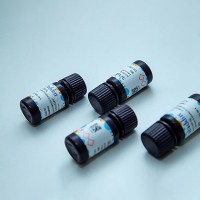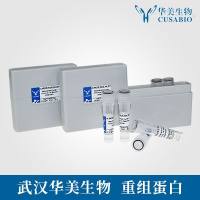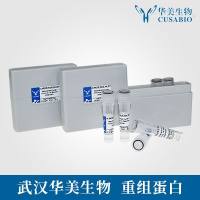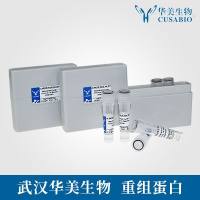Neutron scattering and diffraction provide detailed information on the structure and dynamics of biological materials across time and length scales that range from picoseconds to nanoseconds and from 1 to 10,000 �, respectively. The particular sensitivity of neutrons to the isotopes of hydrogen makes selective deuterium labeling of biological systems an essential tool for maximizing the return from neutron scattering experiments. In neutron protein crystallography, the use of fully deuterated protein crystals improves the signal-to-noise ratio of the data by an order of magnitude and enhances the visibi-lity of the molecular structure (Proc Natl Acad Sci U S A 97:3872–3877, 2000; Acta Crystallogr D Biol Crystallogr 61:1413–1417, 2005; Acta Crystallogr D Biol Crystallogr 61:539–544, 2005). In solution and surface scattering experiments, the incorporation of deuterium-labeled subunits or components into complex assemblies or structures makes it possible to deconvolute the scattering of the labeled and unlabeled subunits and to determine their relative dispositions within the complex (J Mol Biol 93:255–265, 1975). With multiple labeling patterns, it is also possible to reconstruct the locations of multiple subunits in ternary and higher-order complexes (Science 238:1403–1406, 1987; J Mol Biol 271:588–601, 1997; J Biol Chem 275:14432–14439, 2000; Biochemistry 42:7790–7800, 2003). In inelastic neutron scattering experiments, which probe hydrogen dynamics in biological materials, the application of site, residue, or region-specific hydrogen–deuterium-labeling patterns can be used to distinguish and highlight the specific dynamics within a system (Proc Natl Acad Sci U S A 95:4970–4975, 1998).
Partial, selective, or fully deuterated proteins can be readily produced by endogenous expression of recombinant proteins in bacterial systems that are adapted to growth in D2 O solution and using selectively deuterated carbon sources. Adaptation can be achieved either by gradual step-wise increase in D2 O concentration or, more directly, by plating cells on media of choice and selecting colonies that perform best for subsequent culture and inoculation. Scale-up growth and expression is typically performed in standard shaker flasks using either commercial or “home-grown” rich media (derived, for example, from cell lysates produced from algae grown in D2 O) or under more controlled conditions in defined minimal media. Cell growth is typically slower in deuterated media (>5 times slower) and yields are correspondingly lower. Once the target protein has been expressed, purification proceeds by the protocols developed for the hydrogenated protein. The deuteration levels of the final product are determined by mass spectrometry.






